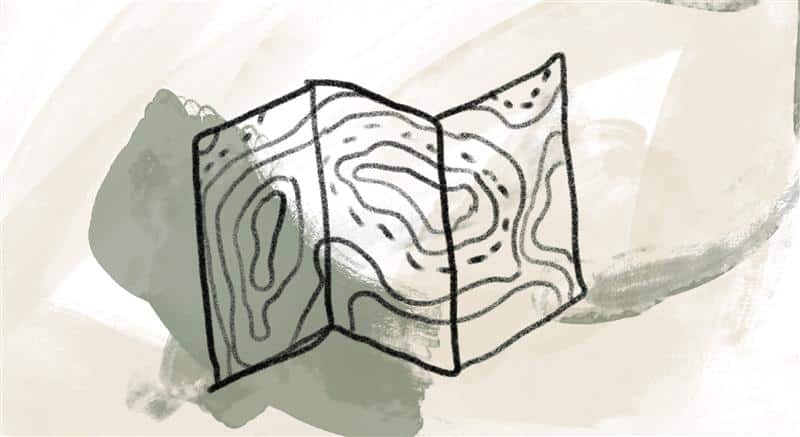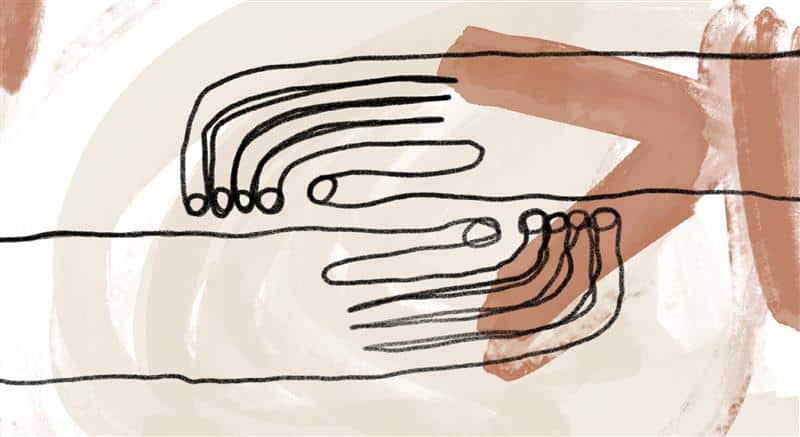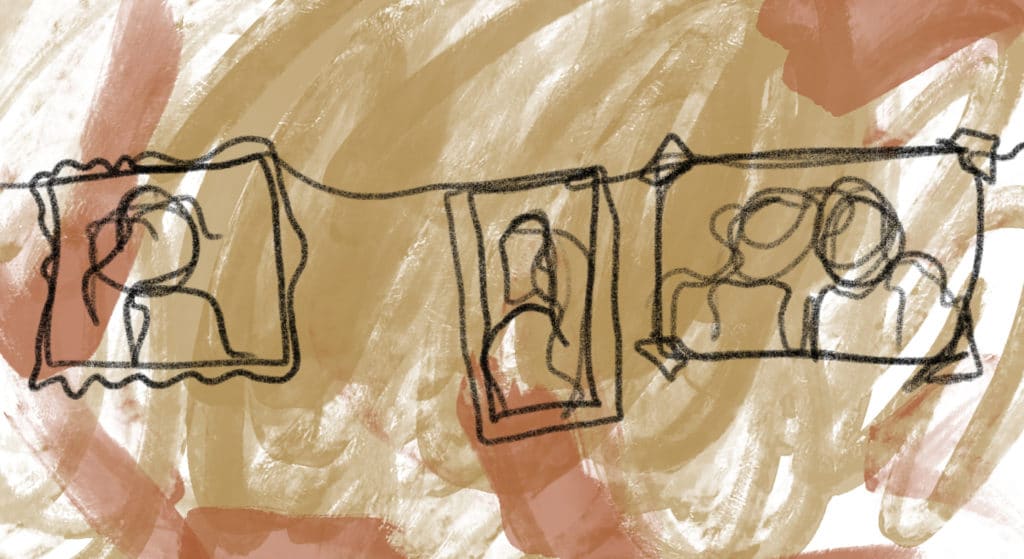
Pastor and public theologian Nadia Bolz-Weber describes how emphasizing “purity” leads us away from holiness:
Our purity systems, even those established with the best of intentions, do not make us holy. They only create insiders and outsiders. They are mechanisms for delivering our drug of choice: self-righteousness, as juice from the fruit of the tree of knowledge of good and evil runs down our chins. And these purity systems affect far more than our relationship to sex and booze: they show up in political ideology, in the way people shame each other on social media, in the way we obsess about “eating clean.” Purity most often leads to pride or to despair, not holiness. Because holiness is about union with, and purity is about separation from….
To connect to the holy is to access the deepest, juiciest part of our spirits. Perhaps this is why we set up so many boundaries, protections, and rules around both sex and religion…. But when the boundaries, protections, and rules become more important than the sacred thing they are intended to protect, casualties ensue.
But no matter how much we strive for purity in our minds, bodies, spirits, or ideologies, purity is not the same as holiness. It’s just easier to define what is pure than what is holy, so we pretend they are interchangeable.
Bolz-Weber points to Jesus’ actions to encourage seeking holiness over purity:
Jesus seemed to want connection with those around him, not separation. He touched human bodies deemed unclean as if they were themselves holy: dead little girls, lepers, menstruating women. People of his day were disgusted that Jesus’ disciples would eat with unwashed hands, and they tried to shame him for it. But he responded, “It is not what enters the mouth that makes one unclean but what comes out of it that defiles” [Matthew 15:11]. He was loyal to the law, just not at the expense of the people.
Jesus kept violating boundaries of decency to get to the people on the other side of that boundary, those who’d been wounded by it, those who were separated from the others: the motherless, the sex workers, the victims, and the victimizers. He cared about real holiness, the connection of things human and divine, the unity of sinners, the coming together of that which was formerly set apart.
When I think of holiness, the kind that is sensual and embodied and free from shame and deeply present in the moment and comes from union with God, I think of a particular scene in the Gospels when, right in the middle of a dinner party, a woman cracks open a jar of myrrh and pours it over Jesus’ feet [Luke 7:37–38]. She then takes her unbound hair and wipes his feet, mixing her mane, her tears, and her offering on the feet of God. Her separateness, from herself and her God, is alleviated in that moment. Holiness braided the strands of her being into their original and divine integrated configuration.
Reference:
Nadia Bolz-Weber, Shameless: A Sexual Reformation (New York: Convergent Books, 2019), 26, 22, 26–27.
Image credit: A path from one week to the next—Exercise in Grief and Lamentation credits from left to right: Unknown, Jessie Jones, Jennifer Tompos. Used with permission. Click here to enlarge image.
On retreat, the CAC staff used watercolors to connect to our collective grief. This is one of the watercolor paintings that came from that exercise.
Story from Our Community:
The daily meditations [on lamentation] have transformed my thinking! I am a hospice social worker and dance daily with families “just doing their best.” The expectation and hope that I might “fix” or bring salvation to the deeply rooted patterns of expectation, disappointment, denial and pain is misguided … [but] I can listen, I can speak certain truths and I can open the door to lament! The rest is in God’s hands. —Andriene S.




